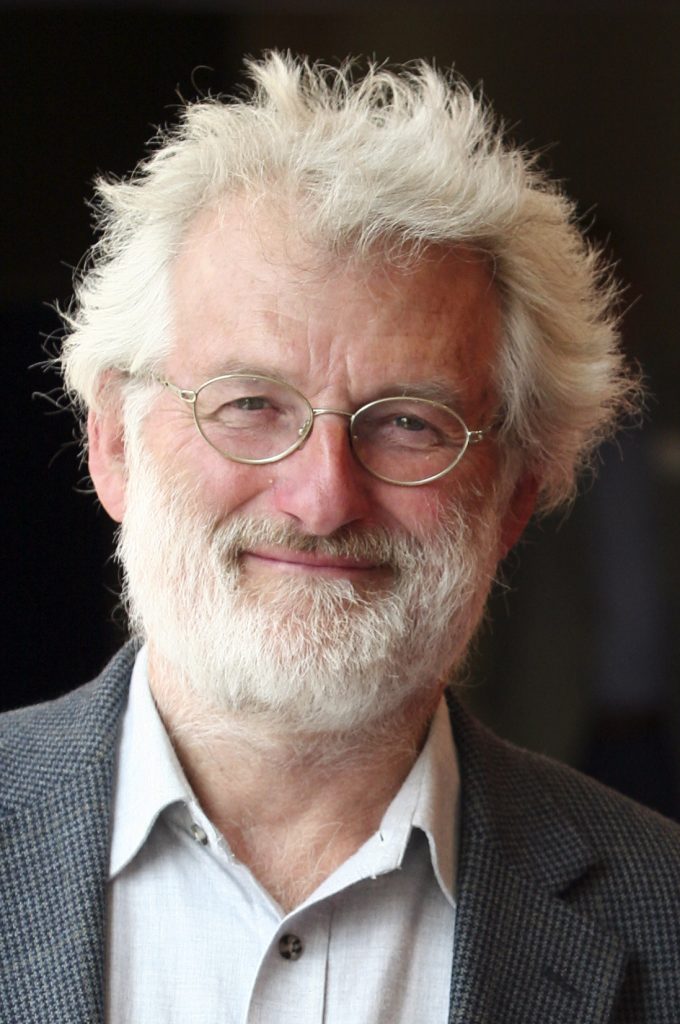John Sulston (1942 – 2018)

John Sulston (1942 – 2018)
Future: Life Sciences
Sir John Sulston graduated from Cambridge University in 1963.
After completing his PhD on the chemical synthesis of DNA, he moved to the U.S. to study prebiotic chemistry (the origins of life on Earth). In 1969, Sulston joined Sydney Brenner’s group at the Medical Research Council Laboratory of Molecular Biology in Cambridge, where he studied the biology and genetics of the nematode worm, Caenorhabditis elegans. He and his team collaborated with Bob Waterston at Washington University in the U.S. to sequence the genome of this model organism.
In 1992, Sulston was appointed the first Director of the Sanger Centre in Cambridgeshire, which made the U.K.’s contribution to the international Human Genome Project. He stepped down as Director in September 2000.
Sulston co-authored, together with Georgina Ferry, The Common Thread: A Story of Science, Politics, Ethics and the Human Genome, published in 2002. The book tells the story of the sequencing of the human genome from the point of view of one of its leading figures, and discusses what the achievement means for future medical treatments and our understanding of ourselves. In light of the recent ‘gene rush’ by companies to stake claims to parts of the genome, the authors argue that the information it contains should be freely available for the benefit of all, and not carved up for private profit. “The human genome will be the foundation of biology for decades, centuries or millennia to come”.
Sulston subsequently received the Nobel Prize for Medicine in 2002, in recognition of his work on the molecular and developmental genetics of Caenorhabditis elegans. His major research has been on the developmental lineage and mutations that affect it. In a series of studies, culminating in a paper published in 1983, Sulston analyzed and described the total cell lineage of the nematode making it the first organism for which the origin of every cell is exactly known. This work is the basis for the study of mutations affecting lineages and is the foundation on which detailed studies of development in this organism will be based.
Sulston later turned his attention to an analysis of the genome of C. elegans and was constructing a total physical map using a novel method of analyzing cloned DNA fragments.


